Intel does another important step forward and its desktop processors move to generation 14!
There’s no denying it, every generation of Intel processors gives us some increasingly higher performance. With the improvement of technology cores become faster and the CPU supports increasingly powerful hardware. With generation 14, Intel aims to maximize the experience while playing the game it’s at facilitate the workflow of those who create content.
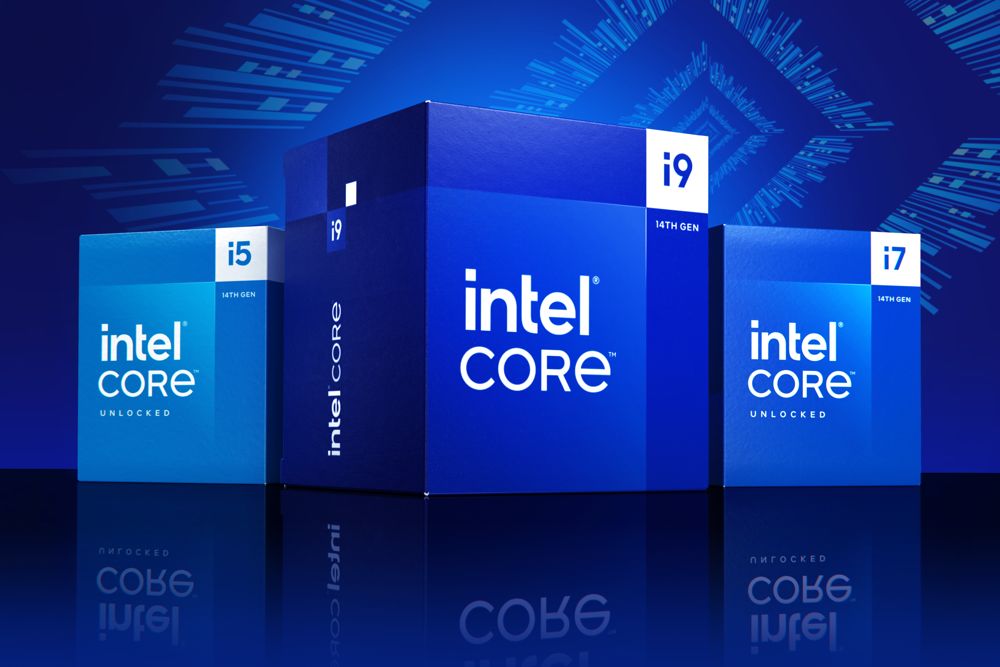
A refurbished processor, but not a new processor
Before going to see what this new generation of processors has in store for us, let’s try to clarify things a little what is actually changing inside the CPU. Because this could have an effect on the spending decisions of some of us in the coming times.
Each Intel processor is characterized by two pieces of information: a core theme song (e.g. i9) e a generation (to date the 13th). The core acronym represents the structural and functionalities describes what the processor is capable of doing or less. A higher-level core indicates a CPU that offers more functionality. The generation, however, expresses the technological level with which the core was created. With the succession of generations, designers manage to create cores that, with the same functionality, they always manage to give us more power.
Intel, to be precise, announced the 14th generation of its desktop processors making use of core i5, i7 and i9.
Be careful, this means that if you upgrade it’s not enough for you to get a CPU with the same type of core and everything will be fine. Always read the specifications of your motherboard very carefully to understand if it is able to handle the new generation arriving.
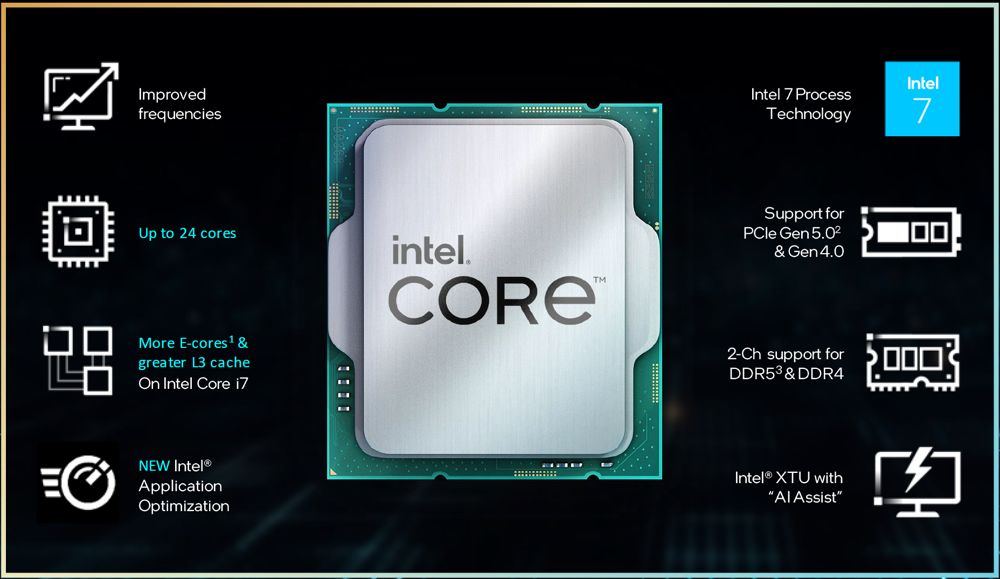 Improvements to Intel’s 14th generation desktop processors. Source: Intel presentation.
Improvements to Intel’s 14th generation desktop processors. Source: Intel presentation.
What does the new generation offer us
Let’s get straight to the point: how much more powerful are Intel’s new generation processors? The short answer is “very”; the slightly longer one is that not only do they go faster but they also manage to do a number of additional things.
As you can see from the image above, the speed increases because the internal frequencies of the processors increase (up to 6 GHz). In a somewhat rough way, we could say that bits move faster inside the CPU. However, that it’s just one term in the equation.
Together with the frequencies, the number of cores also increases (an independent processing unit) which can now arrive up to 24. Furthermore, for i7 processors, e-type cores increase (and as efficiency), so it will be possible to obtain high performance while consuming less energy (and, consequently, heating less).
Then looking at the processor from the outside, they are there two interesting news: support for fifth generation of PCIe and support to 2-channel DDR4 and DDR5. The first novelty means that the new processors will be able to handle much more sustained data flows from and true PCIe disks. The second implies the possibility of use memory more efficiently it’s fast. Obviously, we remind you, upgrading the CPU alone will not give us greater performance with the peripherals, if we do not also update the hardware around it.
Artificial Intelligence at the service of overclocking
Those of us who are in the habit of assembling our PCs ourselves know well what overclocking means. Anyone who has never tried it knows what it means bring a CPU to the maximum of the two physical performances and, often, even beyond its official limits.
Fare overclocking it is never a simple operationbecause if done badly can electrically damage the CPU. Furthermore, there are a lot of parameters which can be acted upon. However, Intel knows that many desktop users want to get as much performance as possible; so, with generation 14, it also provides us a software tool to max out your CPU with less risk. Obviously, as in all cases of optimization where you have a lot of variables, Artificial Intelligence can be of great help.
Intel XTU (Extreme Tuning Utility) is a software that allows you to push the CPU beyond its limit without having to touch the electrical part of the motherboard. The third version of Intel XTU (not yet available to the public) will come equipped with an assistant based on an artificial intelligence system which will be able to help us set the operating parameters of the processor, significantly reducing the possibility of damaging it.
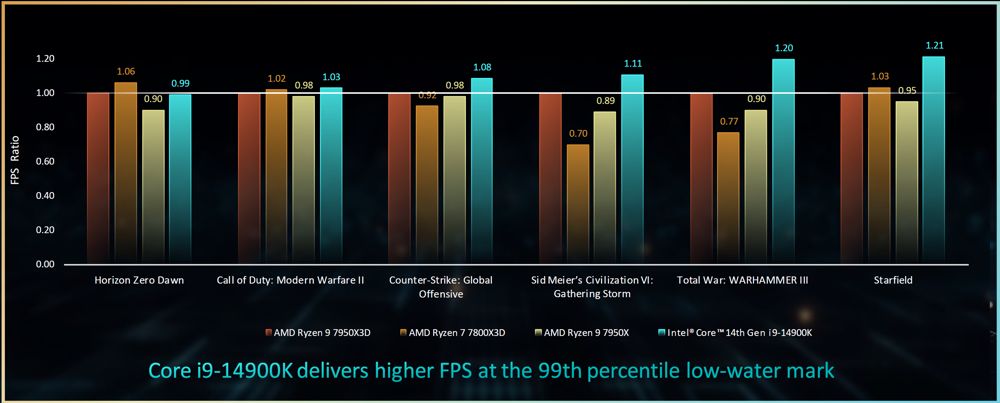 Core i9 FPS performance compared to the competition. Source: Intel presentation
Core i9 FPS performance compared to the competition. Source: Intel presentation
A generation designed for gaming and streaming
Beyond the numbers, which are already very interesting, Intel makes it clear that one of the main objectives for the 14th generation of desktop processors is to provide the best gaming experience possible. Not surprisingly, the internal optimization system particularly insists on gaming applications.
The gaming experience it’s not just about performancebut also of reliability and consistency. Therefore, the CPU must be faster, but as well ensure similar performance even when put under stress. Anyone who plays knows very well what we are talking about ensure constant FPS (frames per second).. Intel certainly doesn’t hold back and even publishes a series of graphs for compare the performance of its next generation with the current competition. And, we have to admit, he defends himself very well.
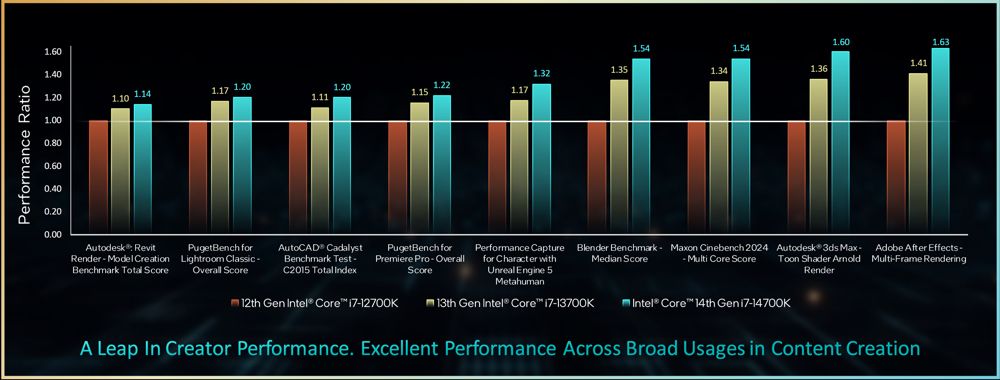 Performance improvement of the Core i7 from generation 12 to 14 tested with various software. Source: Intel presentation
Performance improvement of the Core i7 from generation 12 to 14 tested with various software. Source: Intel presentation
The new generation of Intel processors brings interesting advantages also for those who stream or create content. Improved computing power allows you to send video streams at more than 100 frames per second without losing a single frame due to encoding delays. For content creators, however, advanced support for graphics and audio will allow them to make the workflow faster; in some cases, according to Intel’s tests, even up to 54%.
It doesn’t matter if we are a basic user, an overclocking expert, a pro-gamer or a content creator. The 14th generation of Intel desktop processors seems to have a lot of interesting things to offer us. While we wait for shelf availability, we can start reading the full specifications on Intel’s website.







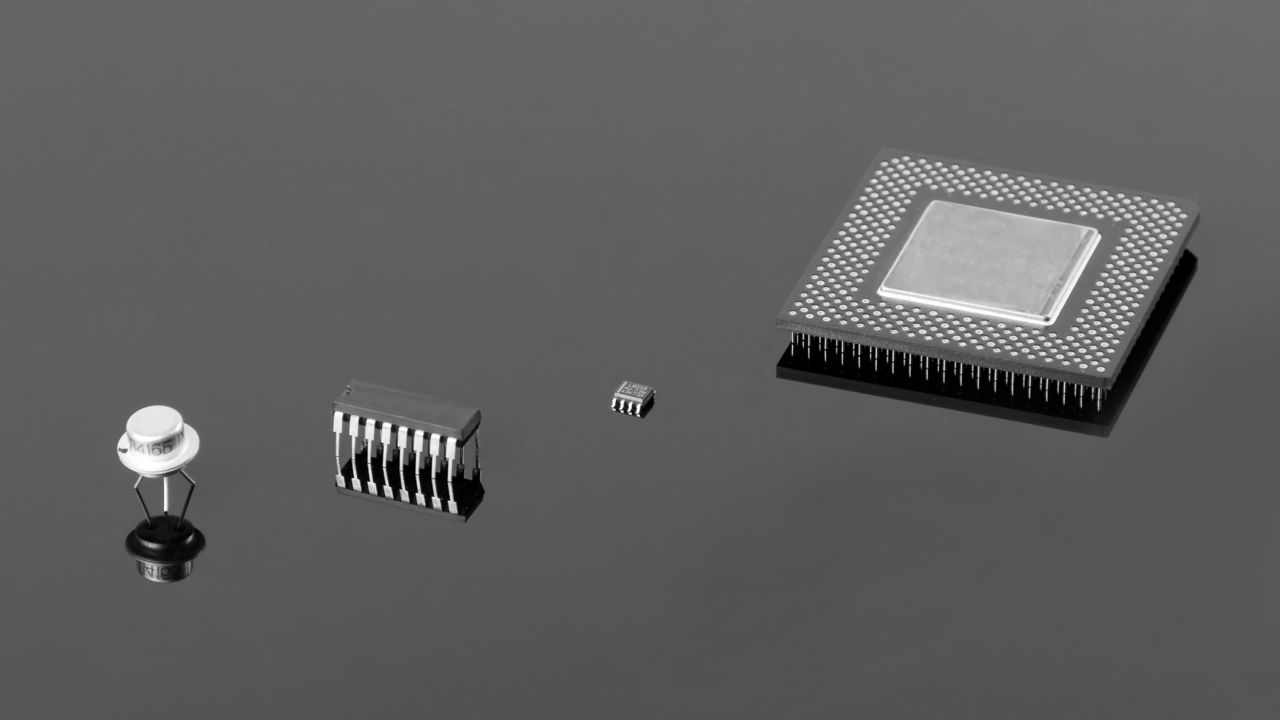







Leave a Reply
View Comments